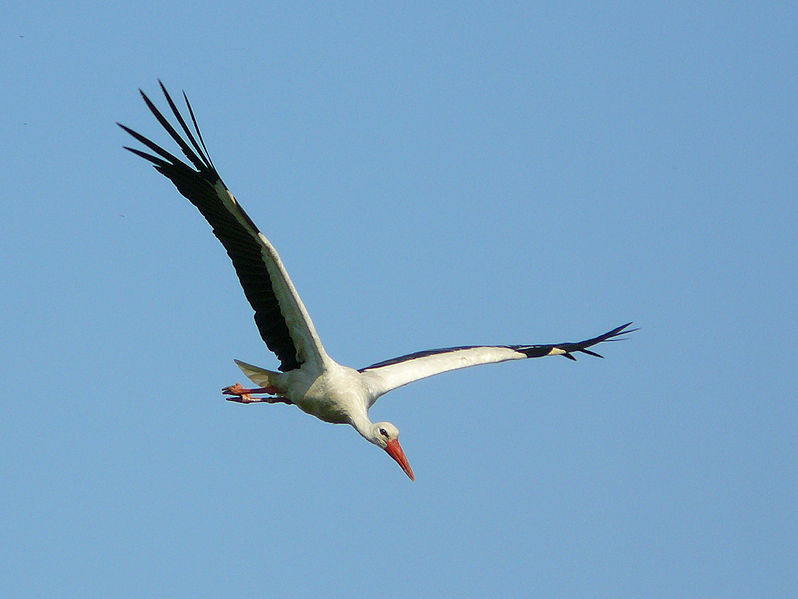
BirdLife International has a number of fundraising ‘asks’ on the Just Giving site. All are worth supporting.
There are several teams who are fundraising by competing in the Champions of the Flyway bird race at the Eilat Birds Festival in Israel. This raises the inevitable question of ‘why fly to Israel to raise money for an environmental cause?’.
Let’s not be too prissy about this – it’s better to raise money than not to raise money, all other things being equal.
So if you want to support this excellent cause then here are a few of my mates who are taking part; Birdwatch-Birdguides Roadrunners team, The Media Birders team, The Birding Frontiers team, Cornell Lab eBirders team and The Digital Stringers team. All these teams, and any of the others, are worthy of your support.
But if you’d like to support the cause without having to worry about all that carbon, then donate to BirdLife International through my Just Giving page. I thought I’d mooch around the house and maybe go for a walk that day.
[registration_form]
Why not ?
White Stork must be one of the species we should be able to get – there are lots along the NE coast of France in spring. So what’s the problem ? Lack of suitable habitat, almost certainly, but White Stork could be a beneficiary of a new, more intelligent approach to flood management that reduces the intensive land management contributing (through field drainage & cultivation) to accelerated runoff by reverting more of the flood plain to wet, low intensity grassland.
“… a new, more intelligent approach …”
That would be the old approach, well tried and tested by custom and practice, but superceded by massive increases in horsepower and workrate, the loss of mixed farming with arable-only rotations and a preponderance of winter cropping.
Post-war drainage peaked between 1970 and 1985, when about ~1.5Mha were drained. The annual rate then dropped dramatically over 3 years to less than 20,000ha/y, then down to ~4,000ha/y by 1992. I haven’t been able to find a figure for the post-grant erol, but would lay money that it’s very, very little. Effectively, this means that most agricultural drainage is over 25 years old and of doubtful effectiveness. Add the loss of soil organic matter under frequent arable cropping, the compaction caused by heavy machinery and you have the necessary factors for shedding surplus winter water to drainage – rather than infiltrating soils. The remedies for these aggravating factors are all available, and perfickly understandable to non-Rocket Scientists.
Future water level management should reflect our need for both productive land and reversion to a more natural state. This raises the argument that ineffective drainage should be restored to retain the productivity of and both arable and grassland – both yield and SOM accumulation is better in aerobic soil. Furthermore, to retain the potential to absorb surplus winter rain, soils should be maintained below saturation – very wet soils can absorb very little before flooding. If land managers are to be paid (with our money) to keep land available for flood reserve then it needs to be more, rather than less, effective. We should also not forget that loss of production here tends to suck in imports – should we engage in what amounts to land-grabbing? I know its popular this week, but …
The MSM not being interested in good news, there is no mention of those flood meadow systems that are working well. I’m thinking locally of the Avon between Upavon and Figheldene and the Harnham meadows at Salisbury, which have held vast amounts of groundwater flooding recently with little disruption; of the Bourne for most of its length before it joins the Avon at Salisbury (behind the B&Q carpark); of the Og, where swans are safely grazing near Ogbourne St.George; of the Test, whose waters have escaped its numerous channels and are pouring across flood meadows around Longstock, Leckford and Stockbridge. These are groundwater floods, and only started to rise long after the recent rain began. There is minimal impact because agriculture has a light touch in these flood plains – there is little or no arable, the land is under grass and the disruption is short-lived. On the Bourne, the most ephemeral of these rivers, you would not see the course of the river most summers, apart from a strip of slightly greener grass. This has how it has been for centuries – the clue is in the names of the villages – Collingbourne Kingston, Collingbourne Ducis, and the Winterbournes – Dauntsey, Gunner and Earls. Flood control here is not broken, so I hope there is no attempt to fix it.
With regard to reversion to undrained condition – we’ve got a lot of wet grass already. I would like to see an increase in wet woodland, which I believe is under-represented in our country. Let’s hear it for the Bryophytes and things that swim, slither and crawl!
“Let’s not be too prissy about this”
A week or so is a long time in Blogging
filbert – isn’t prissy a lovely word? And a week is a long time in blogging, politics, weather and birding.